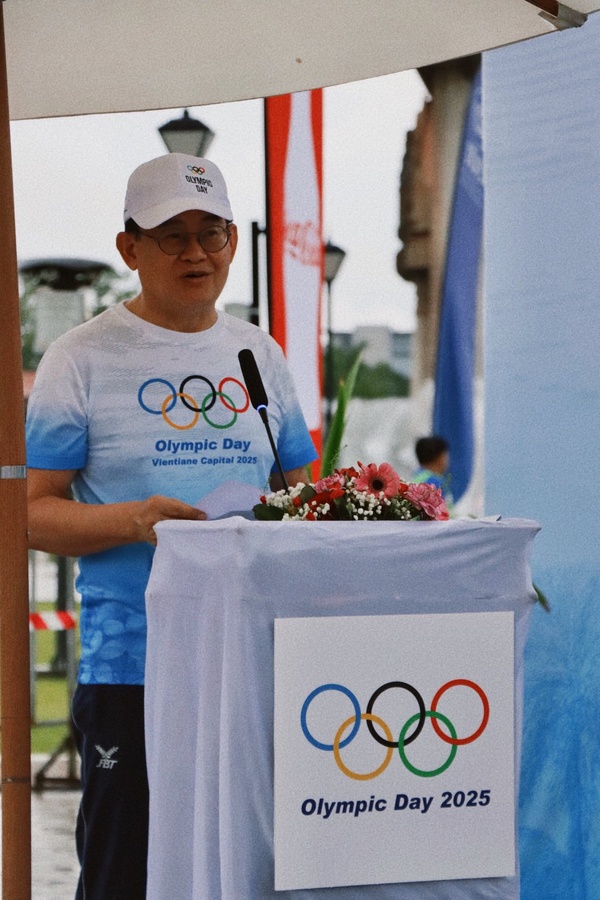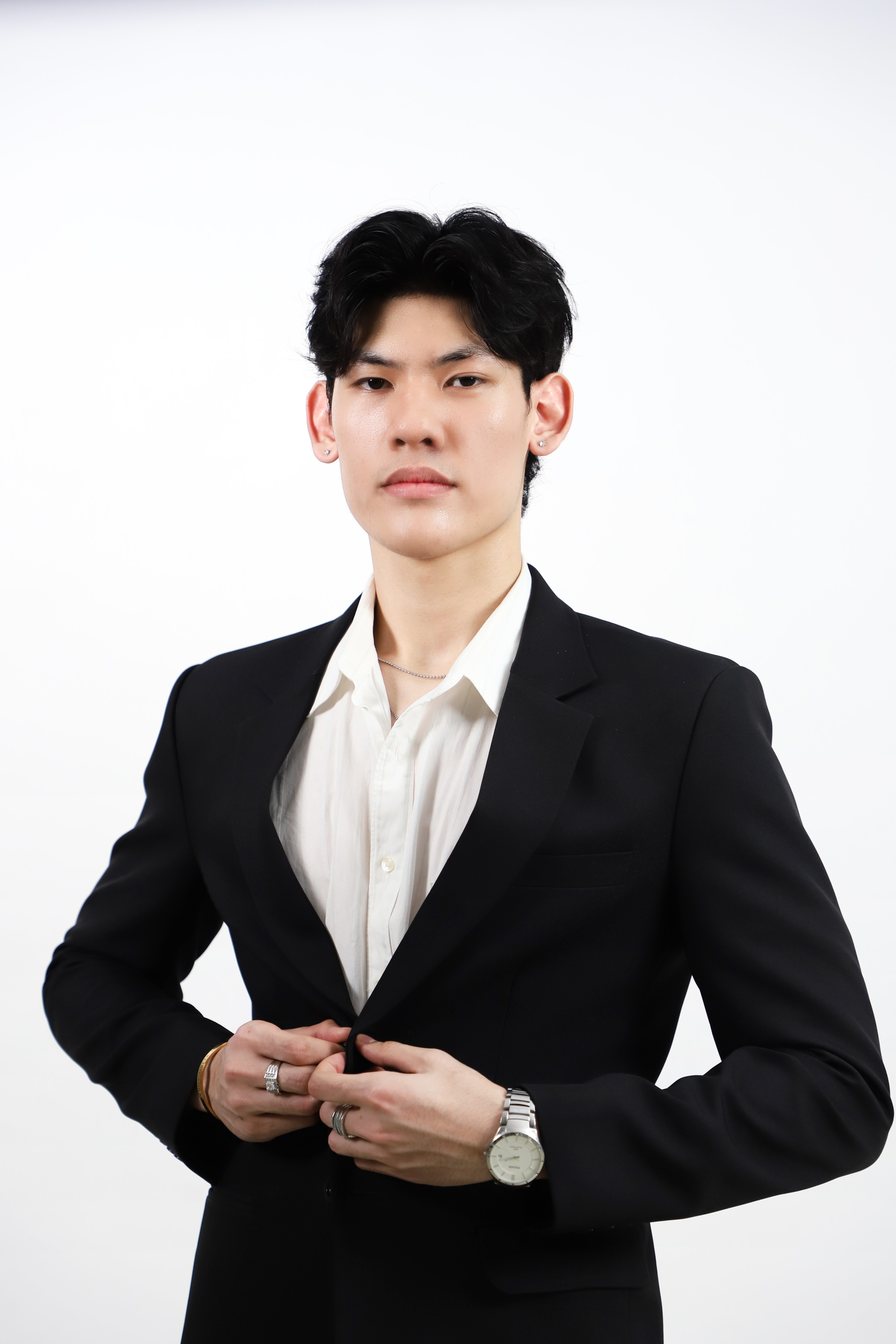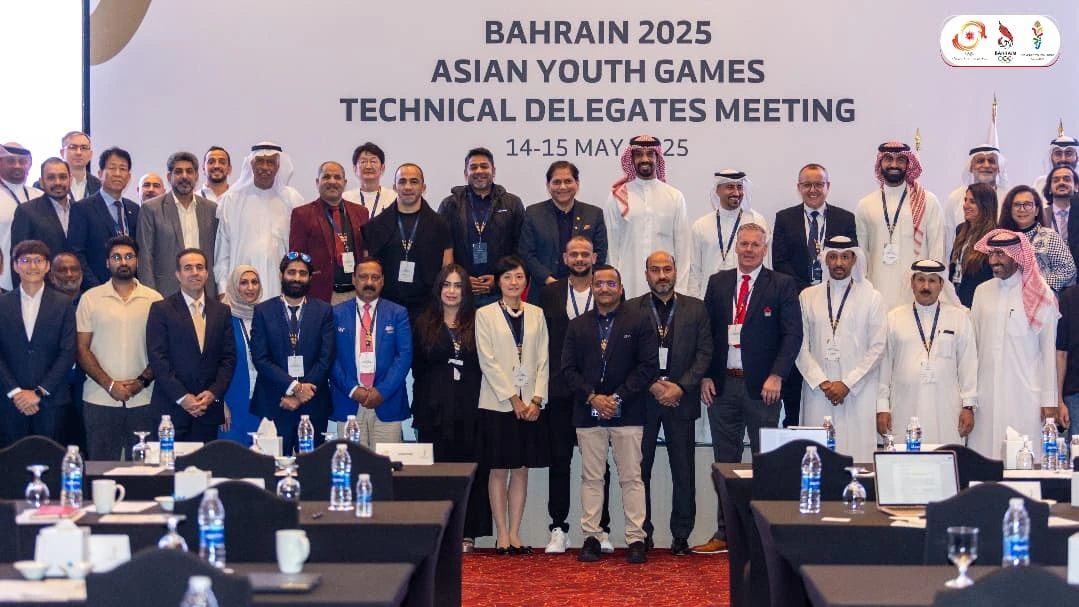
Laos at the 2025 Asian Youth Games: Youth, Ambition & International Exposure
Laos at the 20Vientiane, 2025 — The Laos National Olympic Committee (NOC) has confirmed that Lao athletes will compete in three sports at the 3rd Asian Youth Games (AYG) held in Bahrain from 22–31 October 2025. The selected disciplines are E-sports, Judo, and Jiu-Jitsu — a mix that reflects both modern and traditional sport ambitions25 Asian Youth Games: Youth, Ambition & International Exposure
Key Highlights & Strategic Implications
1. A Bold Youth Strategy
-
The decision by the Laos NOC to enter the AYG in these three sports signals a long-term developmental mindset. According to the OCA, these Games are a meaningful touchpoint for young athletes to gain international exposure.

-
NOC President Assoc. Prof. Dr. Phout Simmalavong has publicly encouraged support for the youth delegation, calling the AYG a “platform to inspire and develop Laos’ future champions.”
-
By competing in both E-sports and martial arts, Laos is balancing emerging digital sports and its traditional strengths.
2. Why These Sports?
-
E-sports: Debuting as a medal event in the 2025 AYG, e-sports provides an accessible and modern avenue for young Lao athletes to compete on a continental stage.
-
Judo and Jiu-Jitsu: These martial arts have strong cultural resonance and are well-suited for youth development. Through these disciplines, Laos can nurture discipline, competitive spirit, and potential medal contenders.
3. Building a Path to the Youth Olympics

-
The 3rd AYG is also closely tied to the 2026 Dakar Youth Olympic Games: For certain sports, including Judo and some others, qualifying is linked to performance at AYG.
-
Participation in AYG can therefore serve a dual purpose: as competitive experience and as a stepping stone to future Olympic pathways.
4. Challenges Laos Might Face
-
Limited Resources: Supporting training, travel, and accommodation for youth athletes competing abroad requires financial and institutional capacity. Laos will need to allocate resources strategically.

-
Qualification & Age Constraints: According to the AYG technical handbook, there are strict entry limits. For example, in Jiu-Jitsu, Laos can send up to 18 athletes (10 men and 8 women), but must comply with age eligibility rules.
-
Pressure to Perform: As one of the smaller delegations, Lao athletes may face pressure to validate their selection by performing well, both for national pride and future funding.
5. Broader Impact on Lao Sport
-
Youth Development: This move reflects a broader NOC strategy to develop young athletes, not only for regional games but for long-term excellence.
-
Sport Modernization: Entering E-sports signals that Laos is open to modern, globally growing sports — which could encourage more young people to engage in competitive gaming.
-
National Image: Strong participation and performance in youth continental events help raise Laos’ profile in Asia, showing that the country is serious about sport beyond its borders.
What to Watch For
-
The final list of Lao athletes competing in the AYG: Which names, and which events specifically?
-
Training Camps: Will Laos send athletes to training camps abroad, or host local intensive preparation sessions?
-
Performance Goals: Will the Lao NOC or federations publicly set medal targets or performance goals?
-
Legacy Effects: After the AYG, how will Laos measure success? Through medals, athlete development, or future Olympic qualification.
-
Funding & Support: Will this participation lead to more investment in youth sport infrastructure (gyms, e-sport facilities, martial arts schools)?
Final Thoughts
Laos’ decision to compete in E-sports, Judo, and Jiu-Jitsu at the 2025 Asian Youth Games in Bahrain reflects a forward-thinking and balanced approach to sport development. By combining modern youth-oriented disciplines like e-sports with traditional martial arts, Lao sport leaders are positioning their young athletes to compete, develop, and grow on a larger stage.
If managed well, this participation could significantly boost Laos’ long-term talent pipeline, strengthen its international sporting image, and inspire a younger generation to take up both digital and physical sports.
.png?width=300&height=100&name=t%20(5).png)



